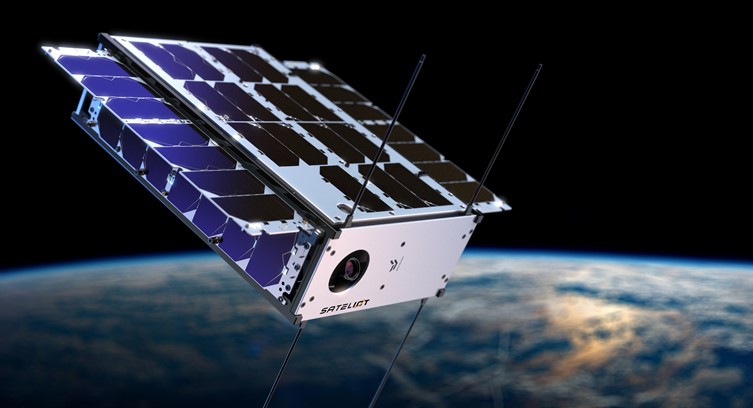Sateliot successfully launched the world's first 5G standard LEO satellite a few minutes ago, at 5:47 am CEST, 15 April 2023. The satellite, named Sateliot_0 'The Groundbreaker' was carried by a SpaceX Falcon 9 at the Vandenberg U.S. Space Force Base in California.
The satellite is the first satellite in space that complies with 3GPP's 5G NB-IoT NTN Release 17 standard.
The LEO constellation will enable 5G IoT devices to connect directly to satellites at a fraction of the current cost and without hardware changes, allowing for massive IoT adoption even in remote locations. Sateliot, the Spanish company behind 'The Groundbreaker', states that this milestone in 5G satellite connectivity is set to democratize access to the Internet of Things.
The company has already signed agreements with global telecommunications operators, including Telefónica, and has a sales pipeline of over €1.2 billion. Its goal is to reach €1 billion in billing and €370 million EBITDA by 2026. Sateliot claims that the costs of IoT satellite connectivity will be reduced from hundreds per device per month to around $1 per device per month.
To achive global 5G coverage for NB-Iot NTN, the company states that it plans on deploying a total of 5 satellites into space this year, 64 nanosatellites by 2024 and 250 in 2025.
Sateliot's Jaume Sanpera, Marco Guadalupi, Carlos Riopedre, Gianluca Redolfi, and other company managers were present at the launch event. The event was streamed live on Sateliot’s Youtube channel.
The launch was supported by 4 members:
- Endurosat - Design, manufacture and joint operations
- Alén Space - Manufacture of the heart of the satellite
- GateHouse - Software development
- SpaceX - Launch operations
The launch, which was initially planned for the 10th, was postponed multiple times due to poor weather conditions.


















